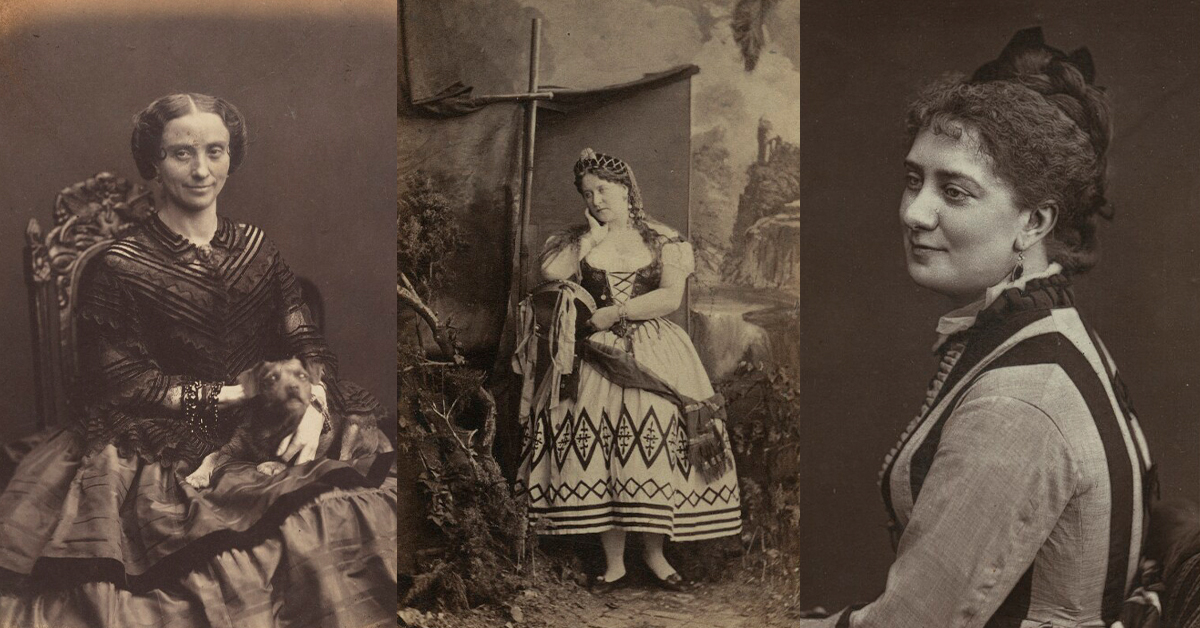
by Amanda Hodgson
What do these three Victorian actresses have in common?
- Madame Celeste, star of melodrama in the 1840s and 1850s
- Carlotta Leclercq, who played Titania and Perdita in Charles Kean’s company at the Princess’s Theatre in the 1850s
- Rose Leclercq (Carlotta’s sister), the first Lady Bracknell in The Importance of Being Earnest
They all acted at one time or another at the Adelphi Theatre, but another thing they have in common, and the thing that interests me, is that they were all dancers.
French-trained Celeste had a career as a virtuoso ballerina before reinventing herself as a melodramatic actress. Carlotta and Rose Leclercq were the daughters of dancers. Carlotta began her stage career as a child in the family dance troupe and Rose may have done so too. In Kean’s A Midsummer Night’s Dream Titania was both a dancing and a speaking role for Carlotta. Rose, aged about 13, danced alongside her older sister as one of the fairies.
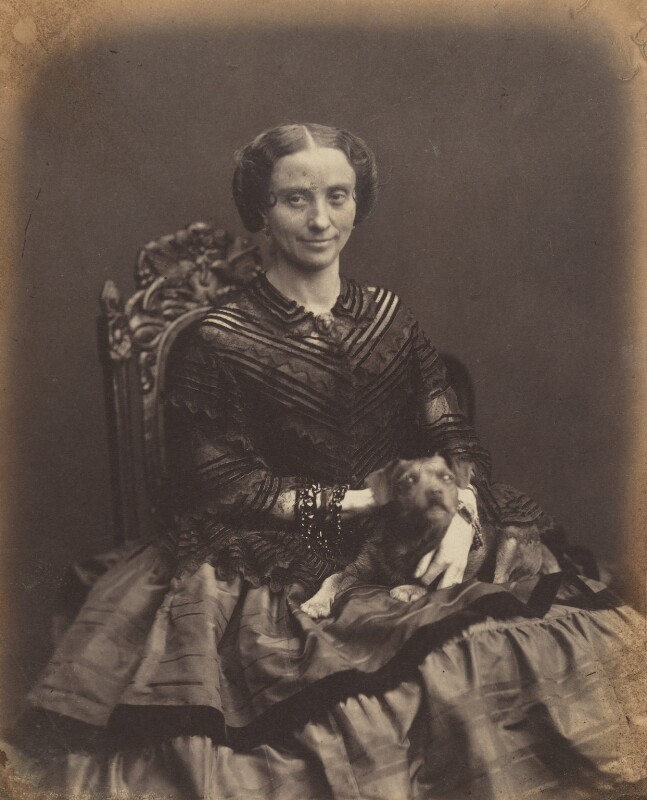
by Herbert Watkins NPG P301(56)
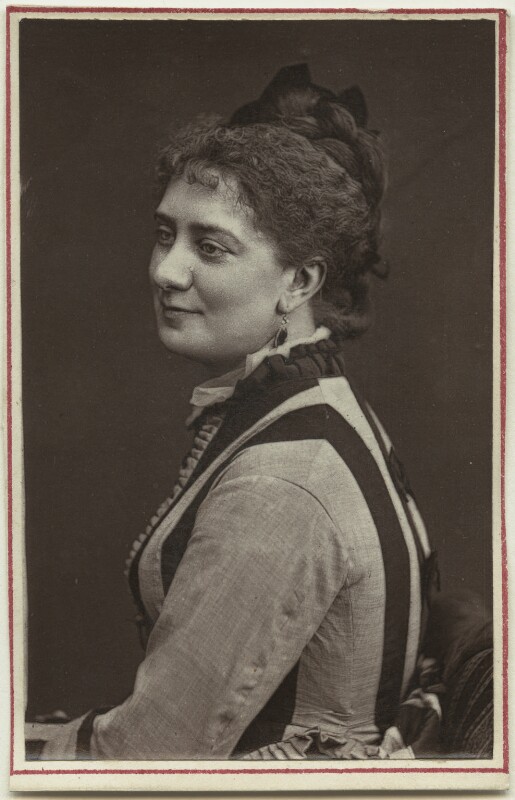
Unknown photographer NPG Ax7711
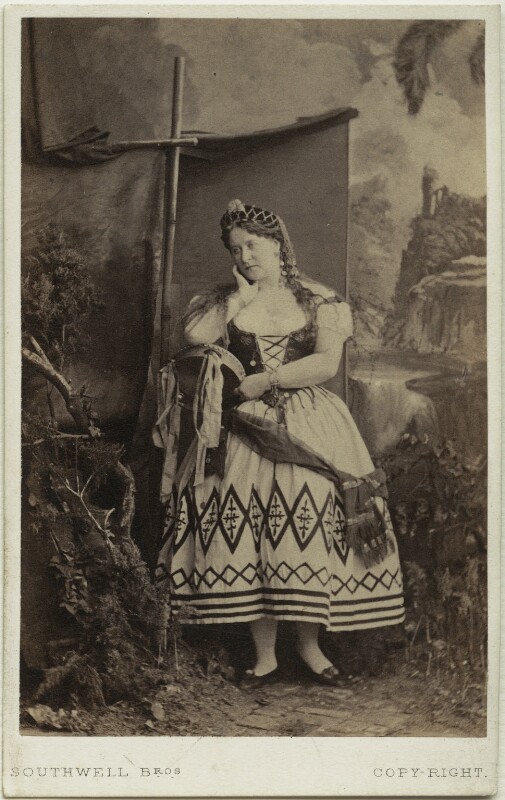
by Southwell Brothers NPG x19971
For a while now I have been researching Victorian theatre dance. Not the ballets performed in opera houses starring the great Romantic ballerinas; instead, I have been disinterring some of the dance activity that occurred in the so-called minor theatres. In the mid-century, it was normal to embed dance in many theatrical genres, ranging from melodrama to burlesque. Performers were expected to include in their skill set the ability to dance (and sing) as well as act. Ellen Terry, who later starred at the Lyceum with Henry Irving, was trained as a child at the Princess’s by the choreographer Oscar Byrne (or Byrn). She remembered him saying that ‘an actress was no actress unless she learned to dance early’.1
My article in Dance Research 41 (2) explores the contribution made by dance to selected Adelphi dramas. I have previously written on the function of dance when it occurs in an otherwise naturalistic play2 and I continue to wonder what effect a dance training had on the performance style of the dancer-actresses. Rose Leclercq, for example, was routinely commended by reviewers for her ‘grace’. Was that lingering grace evident in her portrayal of grandes dames in the 1880s and 1890s? Why might it have been expedient to cast a trained dancer in these roles? How did Rose’s physicality contrast with that of the younger characters in the same plays? And did such a contrast have a bearing on the import of the plays themselves?
It does make me smile to remember that the statuesque and alarming Lady Bracknell was played by an actress who was once a little dancing fairy.
1 Ellen Terry, The Story of my Life (New York: Doubleday, Page & Co., 1909), p. 41.
2 Amanda Hodgson, ‘Why Does Polly Dance? Caste and the Function of Dance in the Victorian Theatre’, Nineteenth Century Theatre and Film, 49/1 (2022), 56-70.
Picture credits
All pictures are from the National Portrait Gallery and licensed under a Creative Commons Licence.
Sign up to our mailing list to keep up to date with all of our free content and latest releases
About the journal
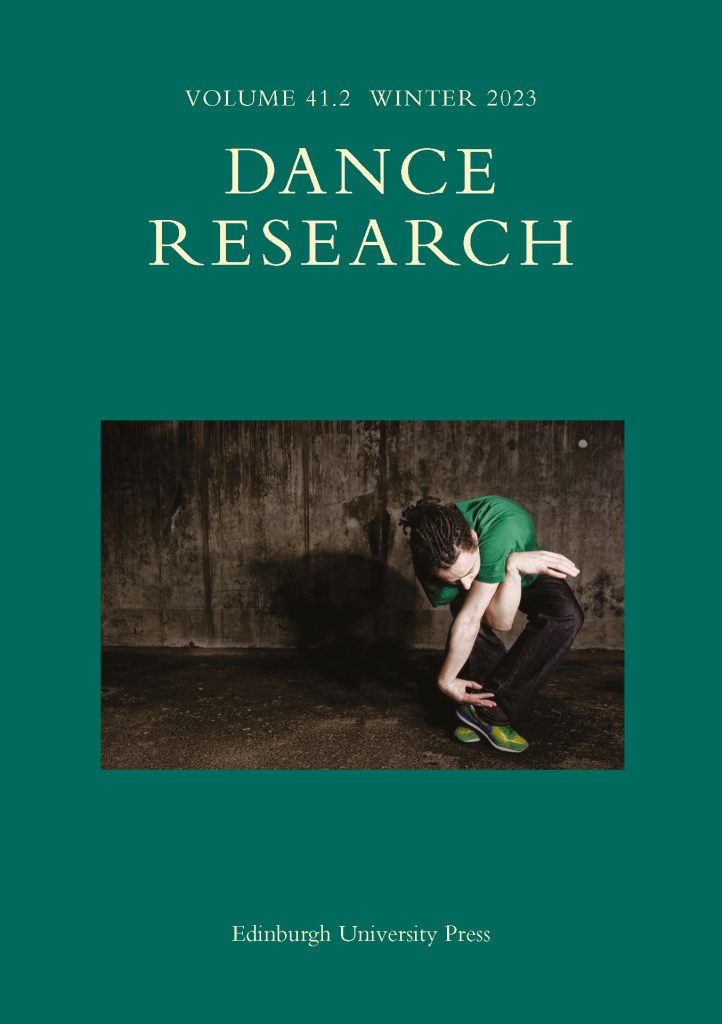
Dance Research, the journal of the Society for Dance Research, is essential reading for those involved in the study and practice of dance. The journal covers dance worldwide both from a historical and contemporary perspective, engaging with current debates on dance and across cognate disciplines with dance at the centre of inquiry.
Sign up for TOC alerts, subscribe to Dance Research, recommend to your library, and learn how to submit an article.
About the author
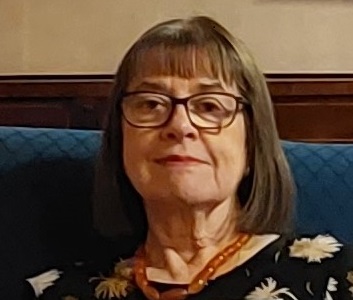
Amanda Hodgson has taught Victorian literature and drama in various universities and adult education. Now retired, she has combined her academic specialism with a life-long passion for ballet, to undertake a research project studying Victorian theatre dance.


